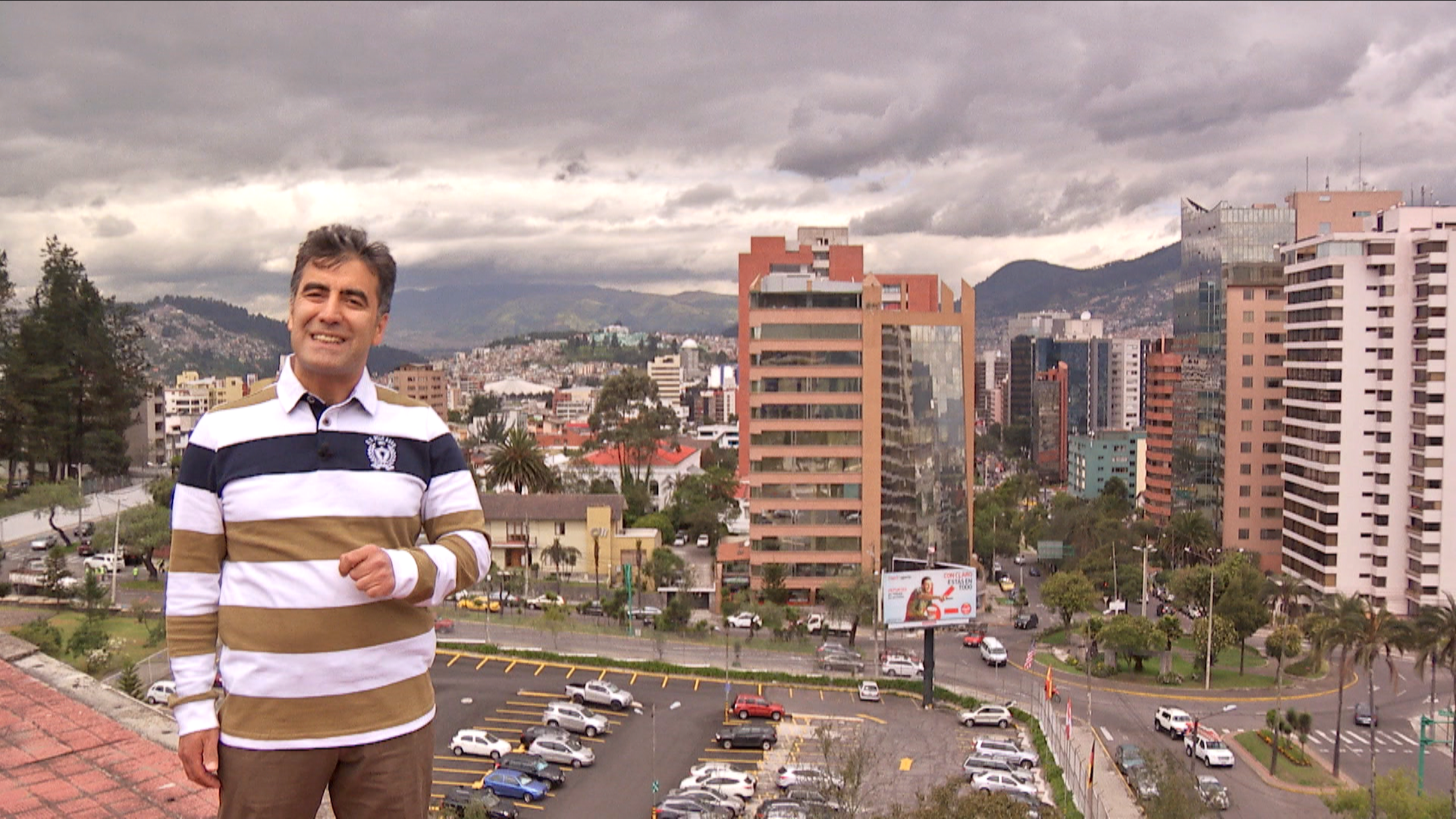At one time, Bucharest was known by many as the “Paris of the Balkans.” As with many famous European cities, the Romanian capital was formed near the banks of a river, the Dambovita in this case, a tributary that snakes into the Danube. When Bucharest officially became Romania’s capital in 1862, it entered into a period of rapid change. It was during this period that an attempt was made to have the style of the city’s streets, boulevards, stores and even shop windows resemble those of Paris. So much so in fact that Bucharest even boasts a victory monument reminiscent of Paris’ Arc de Triomphe, the Arcul de Triumf. Another important location in the city is Victory Square, where the headquarters of the prime minister and the cabinet are located, as well as important work centers. Bucharest, it should be noted, is also the cultural and artistic capital of Romania.
Of course, the most notable and the largest building in Romania is the Palace of the Parliament, formerly known as the House of the Republic. Construction on the palace began in 1984, during the reign of Nicolae Ceausescu, though the Ceausescu family was unable to move in before the revolution took place. Even today, this palace is the world’s second-largest administrative building after the Pentagon. These days, this enormous structure houses the Romanian Parliament and is also open to cultural tourism. Its various exhibition halls also serve the public’s interest in culture and the arts, and in the end, both local and foreign visitors always make a point of visiting this unforgettable structure.
The general silhouette of Bucharest is marked by many churches, large and small, as well as historic buildings and lots and lots of statues and memorials. There is a great deal of green space, too, as the city has many parks, and the fact that there is so much greenery gives the city a very wonderful natural feel. Bucharest currently has a population of around 2 million, and more foreigners live there than in any other Romanian city.
There are an estimated 1 million or so vehicles in this city of 2 million. This means of course that traffic is a constant issue on Bucharest streets and boulevards. During the week, traffic is definitely at the same level of congestion as you would experience in Ä°stanbul. Bucharest is Romania’s center of trade and industry, which is part of the reason for all this traffic. Despite the capital’s metro system, the traffic problems here have plagued people for years now. As for travel between cities, many Romanians opt to catch trains, which are fast and quite comfortable.
The Romanian Orthodox Church is the largest Orthodox church after Russia. Tributaries to the Danube are spread all over Romania, and this river is very important for all Romanians. The waters of this river are used for transporting goods. Large ships even travel down a canal all the way to the Black Sea.
Beautiful Constanta
Another beautiful Romanian city is the Black Sea city of Constanta. This city is home to a large Turkish and Tartar population, with Turks and Tartars making up the two largest minority populations in the city. Over past decades though, many of the ethnic Turkish Muslims living here migrated to Turkey. There are many mosques in Constanta. One of these is the Carol I Mosque, which was built as a result of an agreement during the reign of Romanian King Carol I. You can see traces of the Ottomans almost everywhere in this Black Sea city.
The Ottoman state referred to the Romanian principality of Wallachia as “Eflak.” The Wallachians recognized Ottoman rule in 1417, and the Ottomans used Wallachian soil as a base for expeditions into both Hungary and Transylvania. The Ottomans later gained control of other areas of present-day Romania, and their rule saw the introduction of all manner of services from postal services to railway lines. When you think about the fact that at one time there were up to 5,000 Ottoman words used in the Romanian language, you get a better feel for just how significant the Ottoman influence here was. Romanians tend to view Turks warmly. It is not unusual to hear them assert that “Turks are honorable people” or that “Turks keep their word.”
[QUICK FACTS]
Capital: Bucharest
Official language: Romanian
Government: Republic
President: Traian Basescu
Area: 238,391 square kilometers
Population: 22,215,421*
Gross domestic product (PPP):
$ 256.3 billion **
Main religions: Romanian Orthodox
Christian (86.8 percent), Protestant (7.5 percent), Roman Catholic (4.7 percent)
*July 2009 estimate
**2009 estimate






























